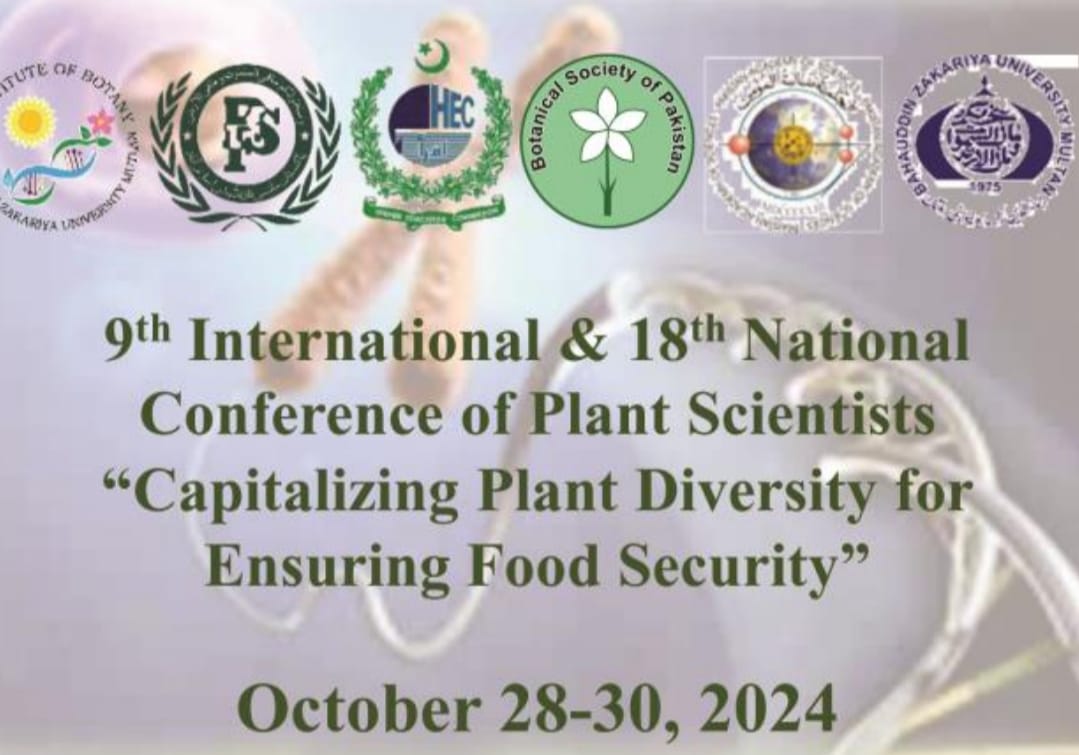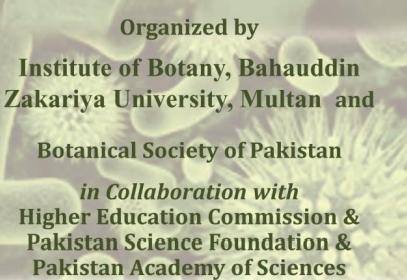-
-
-
-
-
-
-
-
-
-
-
-
-
-
-
-
-
-
SYED ABDUL LATIF SHAH1, ZAFAR IQBAL2, KAFEEL AHMAD3, MUHAMMAD DANISH4, ZAFAR IQBAL KHAN3, ZAHOOR-UL-HASSAN DOGAR5, MUHAMMAD ASHRAF SHAHEEN4, MUHAMMAD UMAIR ARSHAD6,SHEIKH SAEED AHMAD7 , MUHAMMAD SHER8 AND EHSAN ELAHI VALEEM9*
THE EXTENT OF MICRO MINERALS IN HEALTHY AND MALFORMED ORGANS OF MANGO
Download PDF
-
-
-
-
-
-
-
-
-
-
-
-
-
-
-
-
-
-
-
-
-
-
-
-
-
-
-
-
-
-
-
-
-
-
-
-
-
-
-
-
-
-
-
-
-
-
-
-
-


